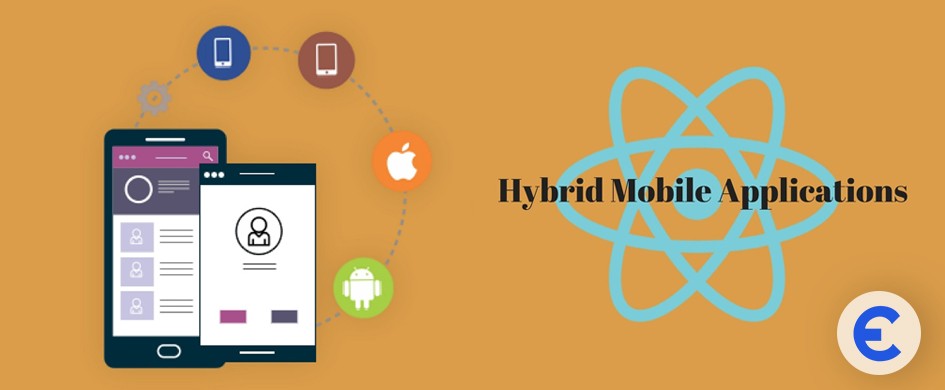Is the waiting room in your Nepali hospital quieter than you’d like? You've invested in the latest equipment and hired expert doctors, but the phone just isn't ringing as much as it should.
Here’s a truth you might not have considered: before a patient ever steps foot in your facility, they first step into your digital waiting room; your website.
In today's world, a
top quality hospital website isn't a luxury; it's your most powerful business development tool. It works for you 24/7, answering questions and building trust with potential patients who are searching online right now.
The question is, is your website working for you or against you?
This practical guide is designed for hospital administrators, owners, and marketing managers in Nepal. We will walk through five powerful strategies to transform your website from a simple online brochure into your hardest-working employee.
1. First Impressions Are Everything: Why Your Website's Look and Feel Matters
Imagine a patient walking into your hospital. They see stained walls, outdated posters, and a disorganized reception desk. Their first instinct? To turn around and find somewhere else.
Your
website homepage is that digital reception area. A user forms an opinion about your hospital's quality, professionalism, and trustworthiness in less than three seconds. A slow, cluttered, or outdated website tells them you might be slow, cluttered, and outdated in your medical care too.
How to Create a Powerful First Impression:
Lightning-Fast Speed
Patients are impatient, especially on mobile data. If your site takes more than 3 seconds to load, over half of your visitors will leave. Use tools like
Google PageSpeed Insights to check your speed and work with your developer to optimize images and code.
Mobile-First Design
Over 90% of your potential patients in Nepal are searching on their smartphones. Your website must be "
responsive," meaning it automatically adjusts to look perfect and be easy to use on any phone, tablet, or desktop. Buttons should be big enough to tap, and text should be easy to read without zooming in.
Clarity and Cleanliness
Avoid clutter. Use high-quality, professional photos of your actual hospital and staff; not generic stock images. Your main menu should be simple and intuitive. Use clear labels like "Our Services," "Our Doctors," "
Contact Us," and "Book an Appointment."
2. Speak Your Patient's Language: Content That Answers and Reassures
People don't search for "cardiothoracic surgical interventions." They search for "heart surgery cost in Nepal" or "chest pain doctor near me."
This is where "Search Engine Optimization" (SEO) comes in. It simply means creating content that answers the real questions your future patients are typing into Google. By doing this, you show up higher in search results, putting your hospital right in front of them when they need you most.
How to Create Patient-Friendly Content:
Focus on "Problem-Based" Keywords: Build pages and blog articles around specific conditions and treatments. Think like a patient: "signs of diabetes," "arthroscopy recovery time," "best maternity hospital in Kathmandu."
Write in Both English and Nepali:
Incorporate common Nepali search terms into your content. This dramatically expands your reach. Even having a language switcher on your site is a huge advantage.
Become a Helpful Resource:
Don't just sell your services; educate your patients. A blog section with articles on topics like "5 Signs Your Child Needs to See a Pediatrician" or "Managing Diabetes During Dashain" positions your doctors as experts and builds immense trust.
3. Remove All Friction: Make Contacting You Effortless
You've convinced a visitor that your hospital is perfect for their needs. Now, you must make the next step incredibly simple. Any confusion or difficulty at this stage will make them abandon the process.
Your "Call to Action" (CTA) is the signpost that guides them on what to do next. It should be obvious, easy, and available on every single page.
How to Optimize for Action:
Prominent Click-to-Call Buttons
On mobile, your phone number should be "clickable" at the top of the screen so users can call you with one tap without having to remember the number.
Simple, Smart Contact Forms:
Long, complicated forms are a major turn-off. Only ask for essential information: Name, Phone Number, Message, and perhaps the Department they need. Then, ensure these form submissions are sent directly to a dedicated person who will respond within minutes, not hours.
Implement Live Chat:
A chat widget manned by a trained operator (or even an AI that can answer FAQs outside office hours) can capture leads from people who are hesitant to make a phone call. It provides instant answers and can directly book appointments.
4. Build Trust with Proof: Showcasing Your Experts and Success Stories
Trust is the foundation of healthcare. Patients are choosing to put their health, and their lives, in your hands. They need to know you are capable and caring. While modern equipment is important, people ultimately connect with people.
Your website must put a human face on your institution.
How to Showcase Trust and Expertise:
Invest in Doctor Profiles:
This is often the most visited section of a hospital website. Each profile should have a professional, friendly photo, a full list of credentials (MBBS, MD, etc.), specialties, experience, and languages spoken. A short bio written in a warm tone can make a doctor seem both highly qualified and approachable.
Create a Virtual Tour:
Use high-quality photos and videos to showcase your facilities: clean rooms, advanced operating theaters, friendly nursing staff, and modern waiting areas. This helps alleviate anxiety about the unknown.
Leverage Patient Testimonials:
With permission, share stories and videos of successful treatments. A video testimonial from a recovered patient talking about their positive experience is more powerful than any advertisement. It provides social proof that others have trusted you and been happy with the results.
5. Get Found Locally: Master Nepali Google SEO
You could have the best website in the world, but it's useless if no one can find it. For most hospitals, your primary audience is within a 50km radius. "Local SEO" is the process of optimizing your online presence to appear when people in your area search for healthcare services.
How to Dominate Local Search:
Claim and Optimize Your Google Business Profile (GBP):
This is non-negotiable and free. Your
Google my business listing (the panel that appears on the right side of Google search) is critical. Ensure your name, address, phone number (NAP), and hours are 100% accurate. Add new photos every month; pictures of your team, new equipment, and even your waiting room.
Manage Your Online Reviews:
Politely ask satisfied patients to leave a review on your Google GBP. Respond to every single review, both positive and negative. Thank those who leave positive ones. For negative reviews, respond professionally and offer to take the conversation offline. This shows you care about patient feedback.
Get Listed in Local Directories:
Ensure your hospital is listed on platforms like
Directory of Nepal, Health Nepal, and other relevant local sites. Consistent NAP information across the web tells Google you are a legitimate, established business.
Your Next Step: From Reading to Results
Transforming your
medical website into a patient-attraction machine might feel overwhelming, but you don't have to do it alone. The first step is understanding where you currently stand.
We specialize in helping hospitals across Nepal unlock their digital potential.
Let us give you a clear path forward. We offer a free, no-obligation website and SEO audit.
We will analyze your site for speed, mobile-friendliness, SEO health, and competitor gap. Then, we'll provide a straightforward report with actionable steps you can take.
Let's work together to fill your waiting rooms with the patients you deserve.



